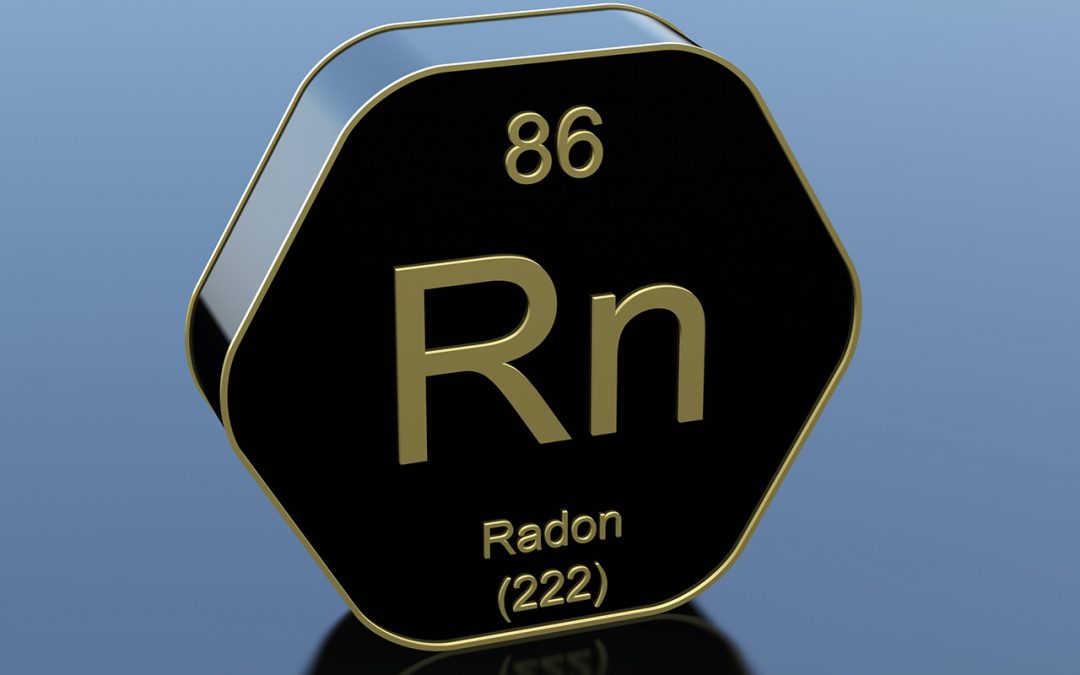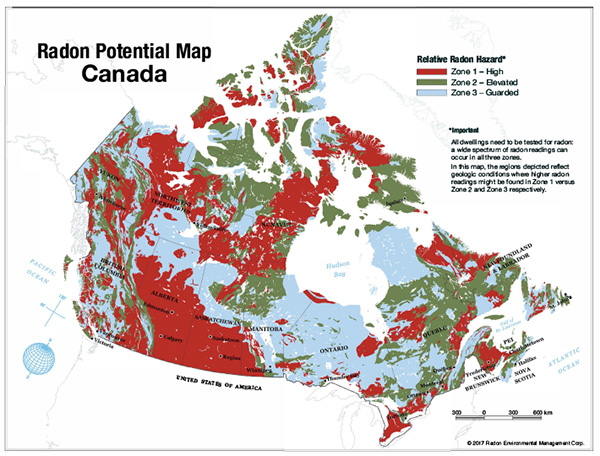Radon dimension pack
When radon escapes from the bedrock right into the outdoor air, it is weakened to such reduced concentrations that it poses a negligible risk to health and wellness. When radon is constrained to confined or inadequately ventilated areas, it can accumulate to high degrees. Radon levels are normally highest in basements and creep areas due to the fact that these areas are closest to the resource as well as are normally badly ventilated. Radon direct exposure is the # 1 reason for lung cancer cells in non- cigarette smokers.
How much does it cost to fix radon in house?
The cost of a mitigation system may vary according to the home's design, size, foundation, construction materials and the local climate. Radon reduction systems average costs nationally are $1,200 with a range from $800 to $1500 common depending on house and market conditions.
Nevertheless, our information clearly shows that this approach has not had a major influence on radon direct exposure so far, with residential or commercial properties developed from 2010-- 2018 having the highest radon documented to date. The intent of RRNC is for new residences, institutions, as well as other buildings to be constructed to stop radon from gathering at unsafe levels. The builder mounts specific elements of radon mitigation system while the building is still unfinished. The additional price at the time of building and construction is taken into consideration marginal compared to after construction is finished. RRNC minimizes the risk and occurrence of lung cancer by eliminating radon risk entirely.
Does seller have to fix radon?
It's very likely that your future buyer will make you fix the radon problem before they will purchase the home. It's good to just take care of it during your real estate deal. Sometimes the seller pays for it all, sometimes they fund a credit and sometimes there is a split.
Such errors set off 'genomic instability', a self-propagating cycle of DNA alteration that drives cancer formation2. The International Agency for Research study on Cancer cells checklists radon as a classification 1 carcinogen, implying it is unquestionably known to trigger animal and human cancers1. Ionizing radiation such as alpha fragment radiation is gauged in Becquerels (Bq) that stands for one contaminated degeneration event per secondly. A 16% boost in family member life time threat of lung cancer cells is measurable per ≥ 100 Becquerel/m3 (Bq/m3) persistent radon inhalation1,21,22.

UKradon
It is heavier than air so reduced areas of structures and also homes are normally a lot more affected. Basements, areas over concrete slabs as well as areas over crawlspaces can have high radon degrees. The more of it you take a breath, integrated with the concentrations of it, add to the risk aspect. According to the EPA, radon kills more than 20,000 individuals annually!
Is radon really a big deal?
Radon is a radioactive gas that has been found in homes all over the United States. It comes from the natural breakdown of uranium in soil, rock, and water and gets into the air you breathe. Radon typically moves up through the ground to the air above and into your home through cracks and other holes in the foundation.
Because it's confined, it traps the radon and also causes it to develop. Direct exposure to high levels of radon-- greater than 4 picocuries per litre-- can be harmful over extended amount of times. There are effective methods to mitigate it if your residence has radon.
Why is radon bad for you?
Radon produces a radioactive dust in the air we breathe. The dust is trapped in our airways and emits radiation that damages the inside of our lungs. This damage, like the damage caused by smoking, increases our risk of lung cancer.
Will opening windows reduce radon?
Opening windows improves air circulation and ventilation, helping move radon out of the house and mixing radon-free outside air with indoor air. Opening basement windows helps reduce negative air pressure, diluting radon with clean outdoor air.

How long does radon stay in the air?
It can be found in all 50 states. Once produced, radon moves through the ground to the air above. Some remains below the surface and dissolves in water that collects and flows under the ground's surface. Radon has a half-life of about four days - half of a given quantity of it breaks down every four days.
How long do you have to be exposed to radon before it becomes a problem?
Radon is a radioactive gas and exposure to it causes 21,000 lung cancer deaths per year—only smoking causes more. Because you can't see, smell or taste radon, it's important to periodically test the air in your home. Believing you live in a region not affected by radon is just one of the myths about this deadly gas.
- The Canadian standard for radon in indoor air Article source for houses is 200 Becquerels per cubic metre (200 Bq/m3).
- For many years, data that tracks radon degrees indicates that a huge portion of Pennsylvania houses have a serious radon trouble.
- Radon gas is dangerous, as well as if the problem goes untreated, the radon concentration remains to increase inside your house.
- Radon gas enters your house or other residential or commercial property from the outdoors, and over time, slowly builds up to harmful degrees that can result in a raised danger of lung cancer cells or breathing issues.
What is radon in the home?
Radon is a radioactive gas that has been found in homes all over the United States. It comes from the natural breakdown of uranium in soil, rock, and water and gets into the air you breathe. Radon typically moves up through the ground to the air above and into your home through cracks and other holes in the foundation.
What causes radon?
Being exposed to radon for a long period of time can lead to lung cancer. Radon gas in the air breaks down into tiny radioactive elements (radon progeny) that can lodge in the lining of the lungs, where they can give off radiation. This radiation can damage lung cells and eventually lead to lung cancer.
How do I make my house safe from radon?
Install a layer of gas-permeable aggregate, such as four inches of gravel, beneath the slab or flooring system of your home if you don't have a crawlspace. Cover this layer or your crawlspace floor with plastic sheeting to stop radon gas from moving past that level and into your home.
How do you eliminate radon?
If a person has been exposed to radon, 75 percent of the radon progeny in lungs will become "harmless" lead particles after 44 years. When an alpha particle damages a cell to make it cancerous, the onset of lung cancer takes a minimum of 5 years but most often 15 to 25 years, and even longer.
Is radon only in the basement?
Radon is completely odorless as well as being invisible. Because it https://www.4shared.com/office/9oq9tq5Qea/153985.html is often found unexpectedly in basements, some people mistakenly believe that it only occurs in basements. Most commonly homes with basements are suspect for having higher radon levels.